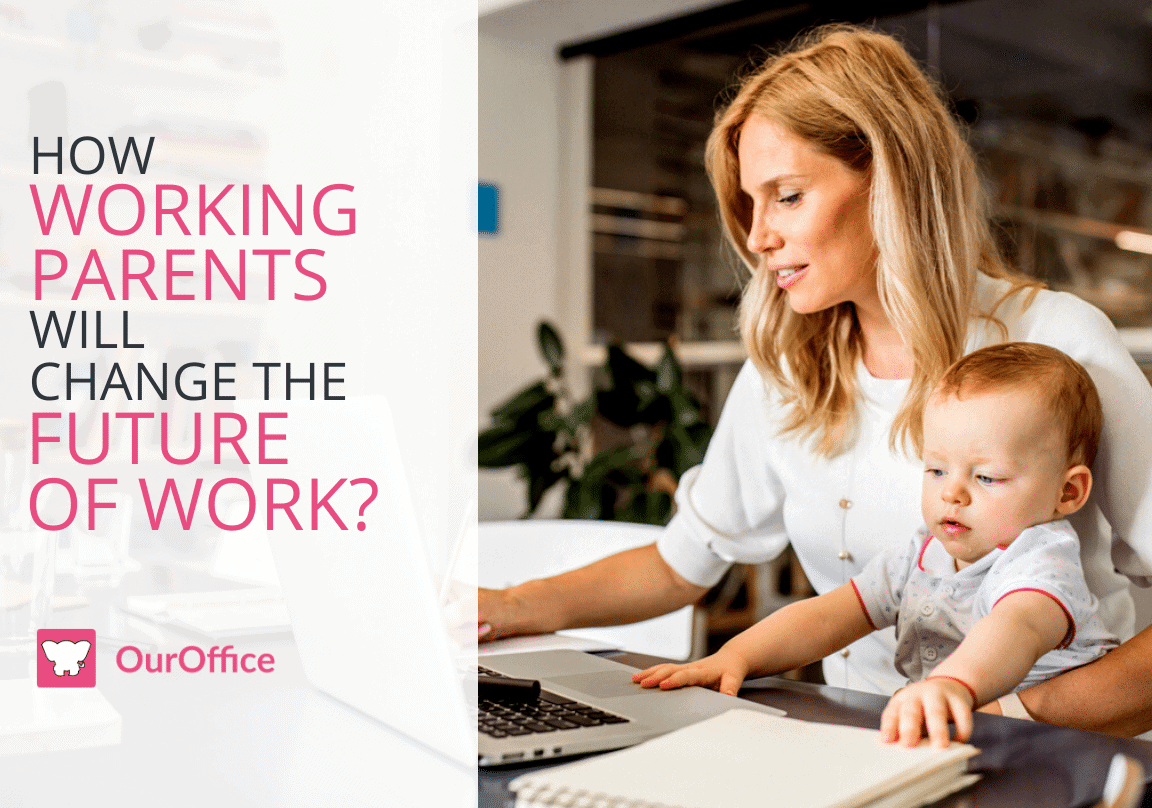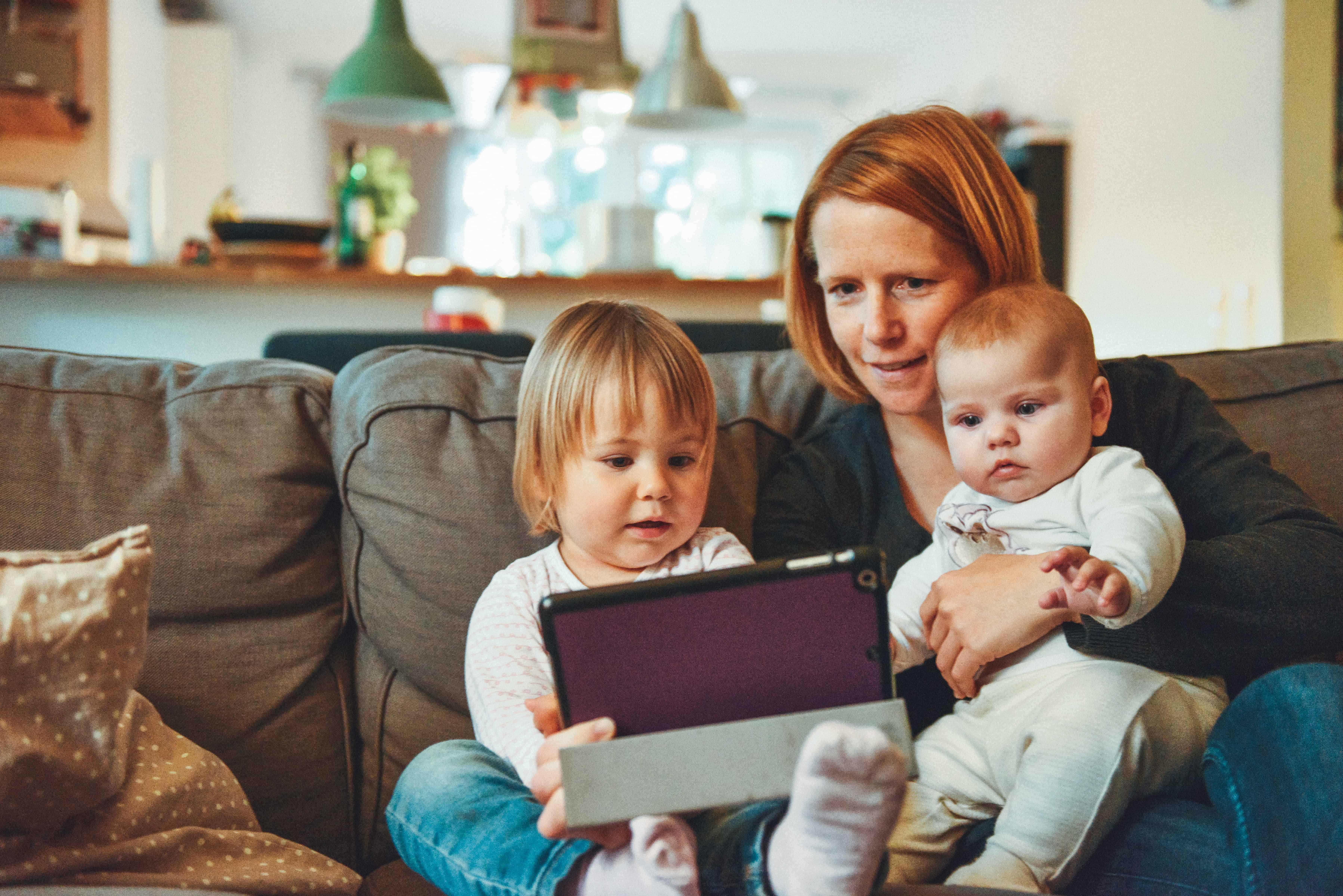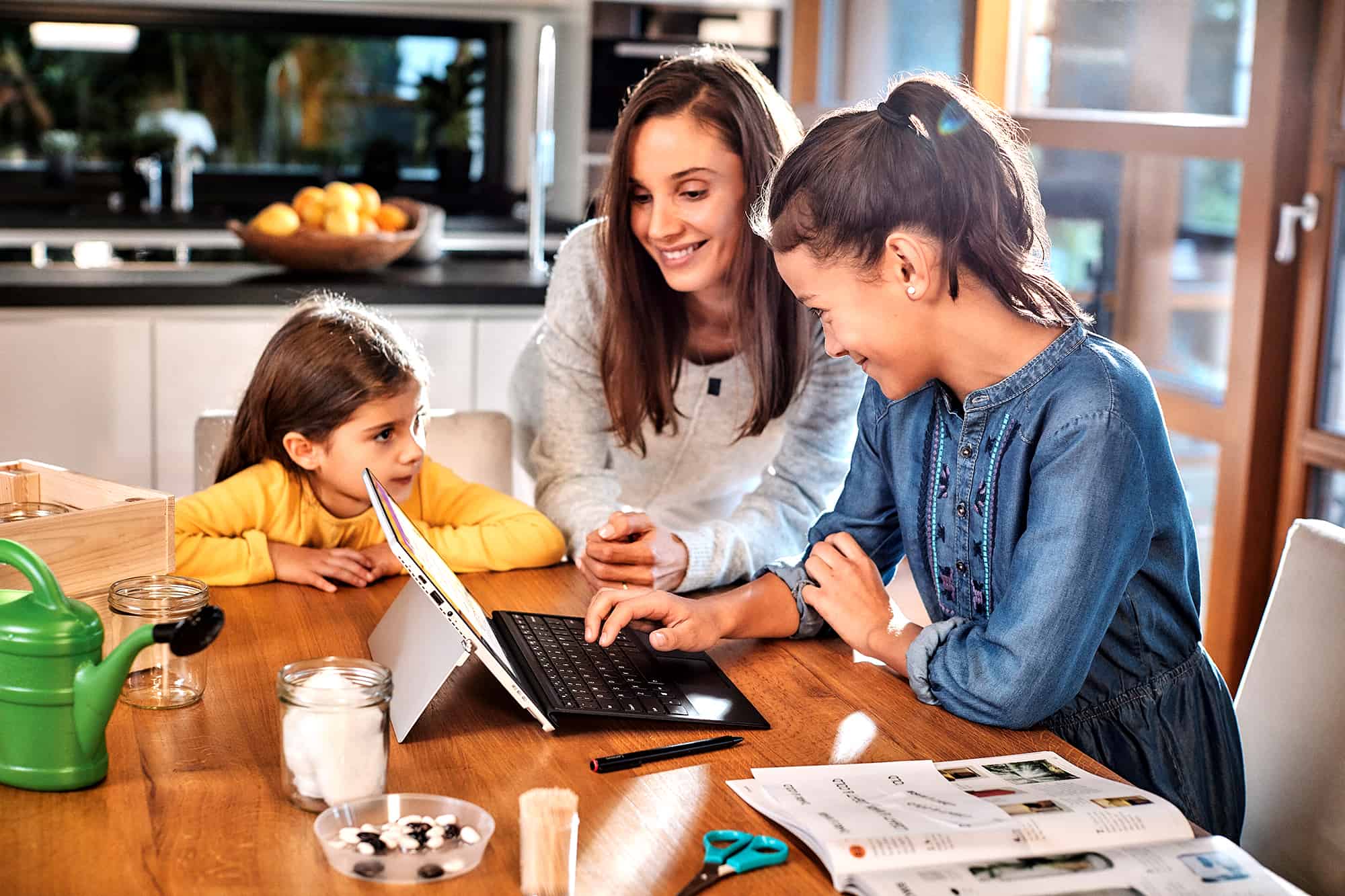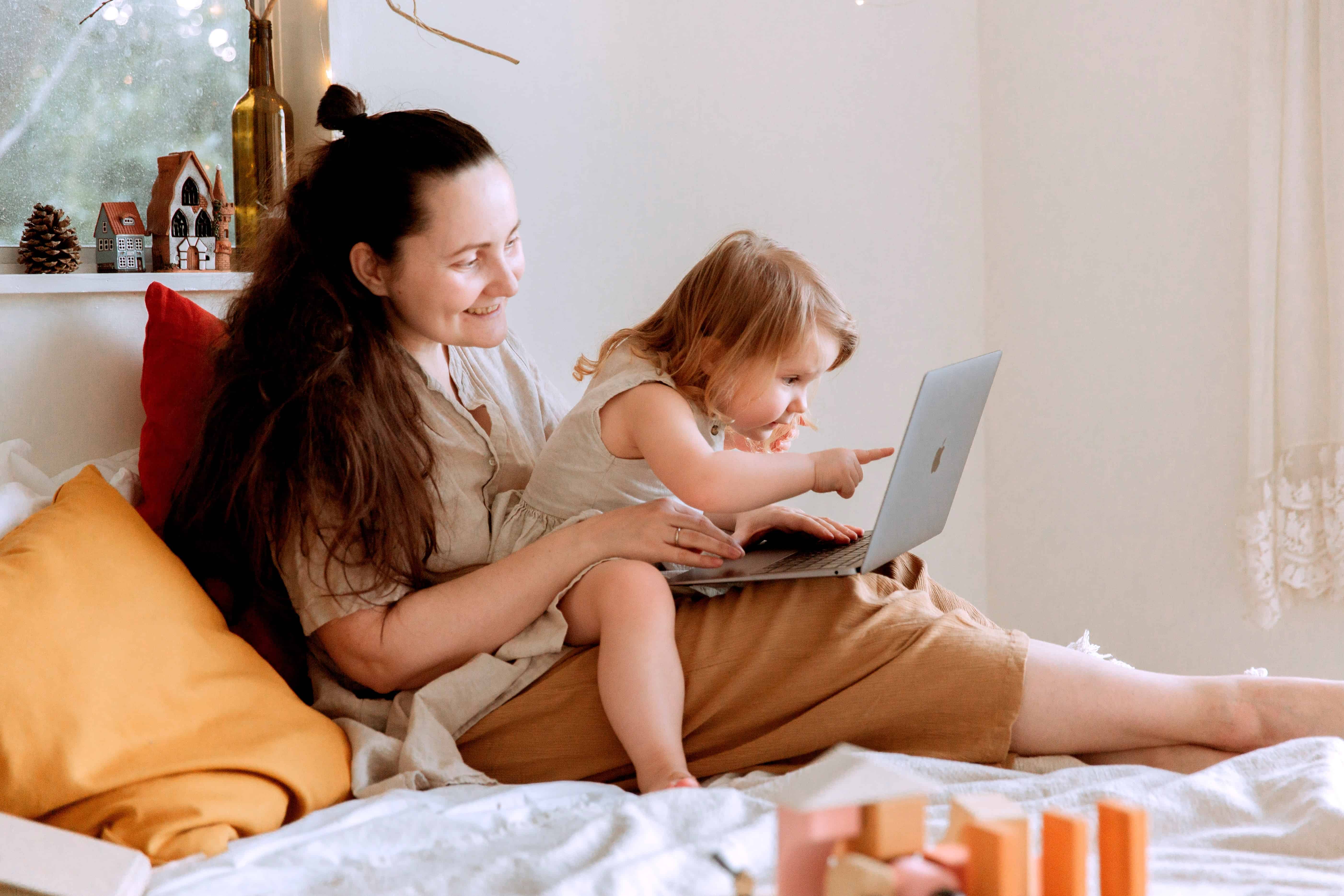26 May How Working Parents Will Change the Future of Work?

For a long time, employees were asked to bring their whole selves to work. Now they are bringing their work selves to their homes! This will result in a rapid humanization of work, and the broad recognition of many challenges that working parents face, on a scale that could not have been imagined before.
How working parents' needs will influence the new hybrid workplace and employee benefits in the post-COVID era was the focus of our discussion at a recent “Future of Work” Mastermind Roundtable. We were fortunate to have an expert facilitator for the discussion, special guest Jennifer Henderson, Founder and CEO of TILT, the parental leave Tech company.

The Changing Reality
Julia Malakiman, the Executive Director at Peninsula Peace and Justice Center, and one of the few millennial members of the Mastermind group started off by sharing that people in her age group “are opting to have children later. This will lead to more and more women being at more advanced stages of their careers when they go through maternity, which magnifies the damage of opting out for them, their families, as well as their employers.” Jennifer Henderson backed up Julia’s input, adding that the maternal age has increased by about 10 years in the last two decades.
A recent report by the Institute for Women’s Policy Research (IWPR) provides more reasons to be concerned about the current situation. The findings of this report indicate that women have already been hit harder than men during the pandemic, shouldering nearly 60% of the job losses. There is also likely to be a disproportionate impact on women’s careers as upwards of 25%-30% are thinking of opting out of the workforce due to their caregiving duties at home with extended school closures and health concerns with nursing facilities.
Arsames Qajar, Chief Technology Officer in the D&I Tech space summed it up well, “Pandemics have the power to disrupt gender and work norms.”

The Silver Lining
According to the economic and workforce development specialist Rachele Downs, “The silver lining is the broad visibility of the impact that child-bearing and caregiving have had on women’s careers, which can no longer be swept under the rug. With WFH (Work From Home) becoming mainstream, strategies need to emerge to avoid significant loss of talent to the economy.”
The general increase in the level of awareness is also likely to have other positive side effects, for example, with parents getting a taste of the curriculum and the teaching role, children seeing their parents at work, and employees getting to know more about their leaders’ personal lives.
There might also be silver linings for industries such as restaurants and manufacturing where WFH is not a viable option. The post-COVID era is likely to deepen and more broadly expose the disconnect between employees' needs and what their employers are providing in these industries. Employers will begin to see a different set of dynamics in the way that their most skilled workers and talented candidates make choices and negotiate their compensation and benefits packages.

Emerging Solutions
Smart employers understand these changing realities and the silver lining, and are already experimenting with new solutions such as flexible, staggered work schedules, out-sourced child care and caregiving options for employees, and home delivery of essentials. These organizations are quickly differentiating themselves and leapfrogging their competitors in terms of employer branding with the best and the brightest talent.
More significant changes will emerge as the long-term effects of the pandemic start to show up in increased leave occurrence and impacts of stress on employees. As a result, more organizations will need to consider significant improvements to maternity and paternity leave benefits, as well as broader employee wellness and support mechanisms such as group coaching and more readily available counseling sessions.
Jennifer Henderson reminded the group that companies like Patagonia, which have long set the gold standard, can provide a blueprint for others to follow. Other new ideas that some companies are considering include bringing groups of employees with similar challenges together to discuss their mutual struggles and band together to support each other. Community-based solutions are also emerging such as “Circles of Exposure” where fractional nannies, community shopping duties and home schooling are shared among neighbors.
As solutions continue to emerge, we will undoubtedly return to this topic and share more ideas and success stories with our community. If you are an HR, workplace culture, or D&I expert who is considering new solutions, please let us know by dropping us a note at team@ouroffice.io. You can also stay ahead of the curve by applying to join the “Future of Work” Mastermind Community at https://www.ouroffice.io/future-of-work/



